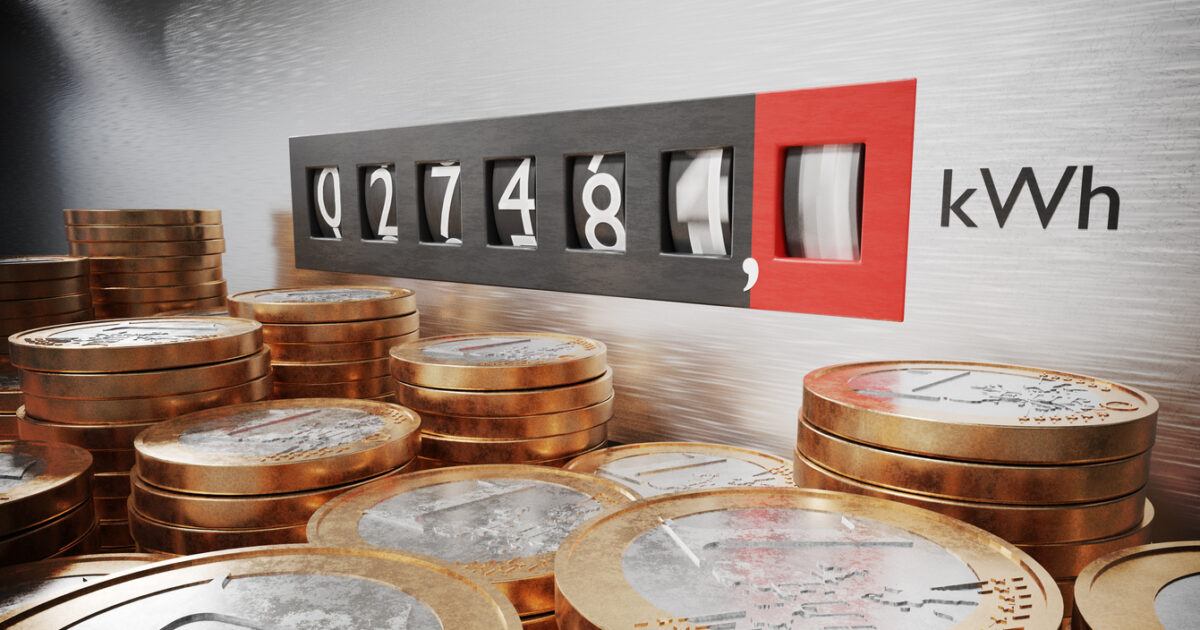The way the final value is formed power Consumers are definitely complicated and includes many different variables.
However, one of the things that cost expensive is the high subsidies given 15-20 years ago for the first RES projects in our country, especially photovoltaics. Subsidies were then imperative in order to gradually mature every green technology and to finally retreat the cost of electricity to current low levels.
As these projects have a lifetime of about 20-25 years, authorities are waiting for the time and time to come to an end, so that the expensive tariffs can expire and thus relieve the consumer.
Indeed, the expiration of old contracts has a double profit for our country: companies have the ability to change old photovoltaics or wind turbines, which are much more efficient, while the process is easy licensing.
It is worth noting that RES projects that will continue to operate with new systems will not be paid on a subsidy, but will be involved in the market directly. By extension, they will cost dramatically less than the benefit will be passed on to consumers.
The positive example of the so -called “Repowering” has already been renewed, as it was the first to install wind farms in our country since the 1980s.
The company announced this week that it has replaced 105 old wind turbines in 10 Aegean islands and Crete. Indeed, PPC has placed only 24 modern wind turbines, which produce exactly the same pure energy, an indication of the technological progress that has taken place over the years.
More and more projects are expected to follow by 2030, although the critical mass is expected to come until the middle of the next decade.
